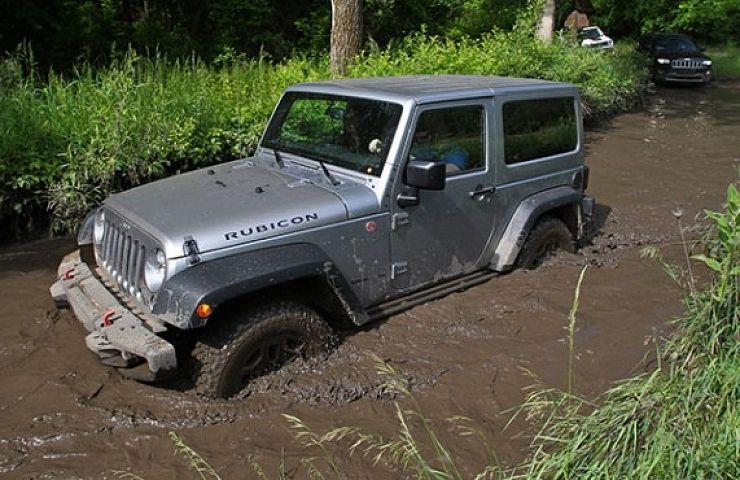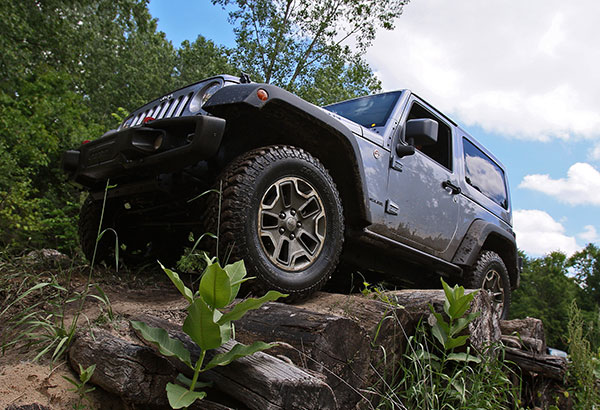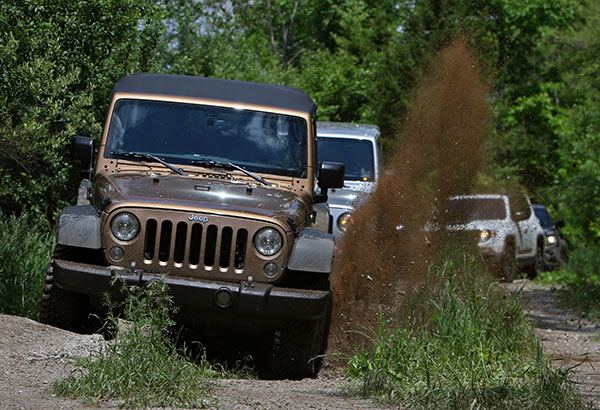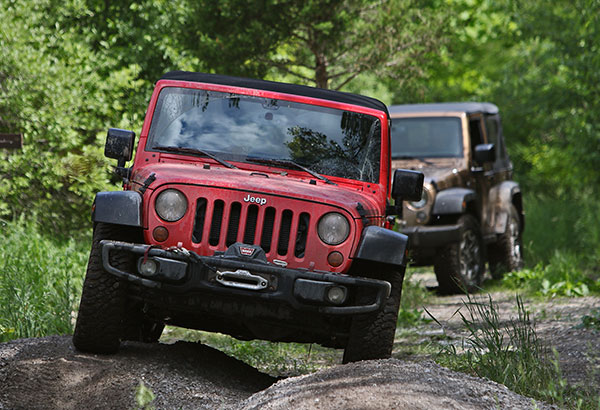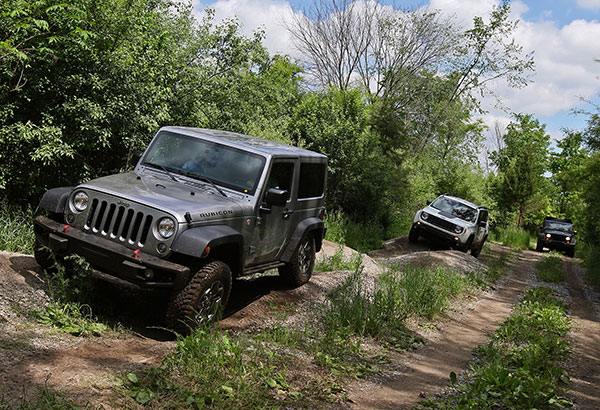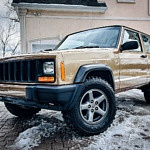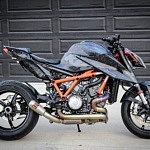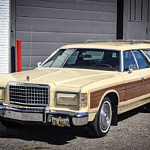It’s a balmy June day, and I’m wading through a swamp in the woods at Fiat-Chrysler’s proving grounds in Chelsea, Mich. The swamp is part of the Lyman trail, one of four courses on site that Jeep engineers use to validate new models.
The main part of Lyman trail consists of two sections: one best described as mud and ruts, and a second that also includes steep descents, break-over angles, articulation, and of course, more mud. The first half of the course can be traversed in four-wheel drive high mode, while the second requires four-wheel drive low mode.
The Grand Cherokee EcoDiesel I’m driving takes the trail in stride, bumping and sloshing through this familiar backyard playground. Still, I can’t help but be amazed by a full-size five passenger sport-utility vehicle that is capable of wading through two feet of water while maintaining traction on two wheels—with the same ease as commuting between suburbs, urban roads and the highway.
Rocks, Logs, and Swamps, With a Purpose
Jeep has a proprietary trail rating that applies internal standards for traction, articulation, water fording, maneuverability and ground clearance to all vehicles that carry that badge. The purpose of the trails at the proving grounds is to simulate real-world situations that Jeep owners might find themselves in while off-roading, including a trail that simulates terrain from the famed Rubicon trail in northern California.
The Lyman trail, named after retired engineer, Steve Lyman, is the newest of the proving grounds’ four off-road trails. It’s closer to the engineering offices, making it more convenient for media events and quick validation exercises.
Engineers created it in the mid-1990s, bulldozing through the woods themselves. Since then, they have added spur trails, using Wranglers to do the scouting and sometimes create the actual trails.
While the trail through the woods might seem like a random assortment of swamps, rocks and misplaced logs, everything has a specific purpose. Tight turns test maneuverability, while stone stairs test the Jeep’s ability to maintain traction on slick surfaces.
Water sections up to 30 inches deep determine if the vehicles can wade through streams without damage to chassis components or water intrusion to the interior. The articulation section tests vehicle flex as well as the ability to maintain traction when several wheels are off the ground.
A Passion for Extremes
Since Jeep’s cachet is based on extreme off-road capability, engineers have to go beyond the proving ground confines to complete validation. These include Jeep’s Arizona proving grounds, the Rubicon trail in California, and tough spots in Utah, Kentucky and northern Michigan. The Michigan location is used to test Jeeps’ severe winter handling and deep snow.
“My goal is to test the Jeep to the extremes. There are a significant number of Jeep owners that will use their Jeep to the same levels in which we test,” explained Jim Repp, vehicle development manager for Jeep Wrangler. For Repp, Wranglers are not just a job; they are also his passion.
Repp bought his first Wrangler, a CJ5, at the age of 14. Since he was not legally able to drive, he hid the Jeep behind a friend’s barn to keep his parents from finding out. Of the multiple Jeeps currently in his garage, his personal favorite is a CJ7. The garage also houses a 1977 Cherokee Chief, a couple of XJs and a four-door Rubicon Wrangler.
As I get close to the end of the course, deep mud gives way to dry dirt and I find myself at the far end of the on-road ride and handling course at the proving grounds. The sensation is not unlike coming to the end of a roller coaster—adrenaline still in the blood but also a bit of disappointment that the fun is over, for now at least.

